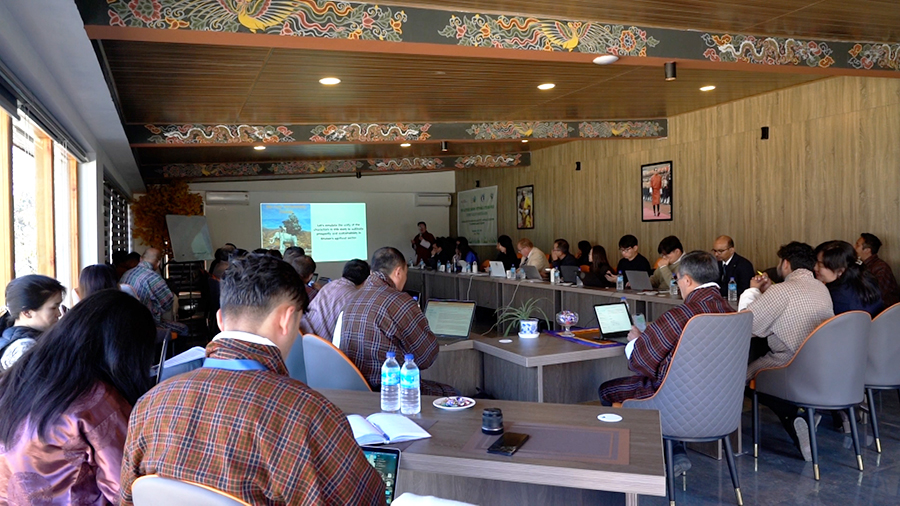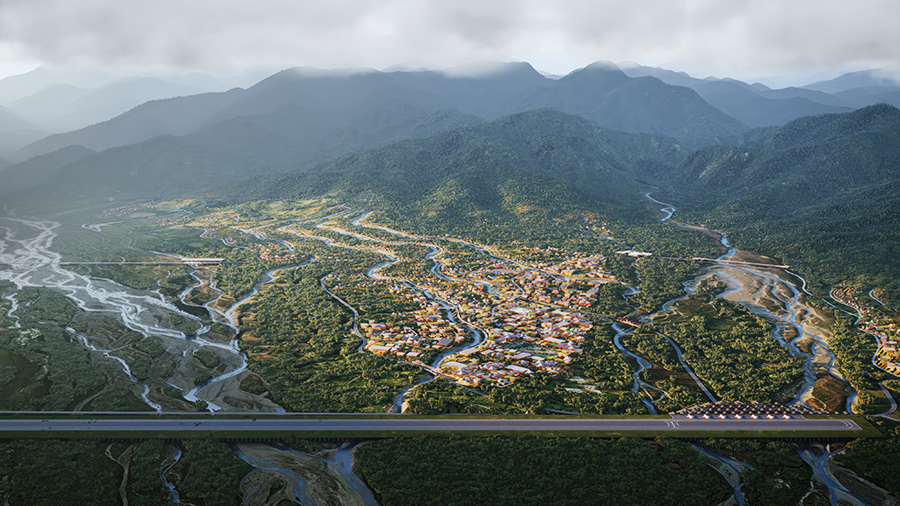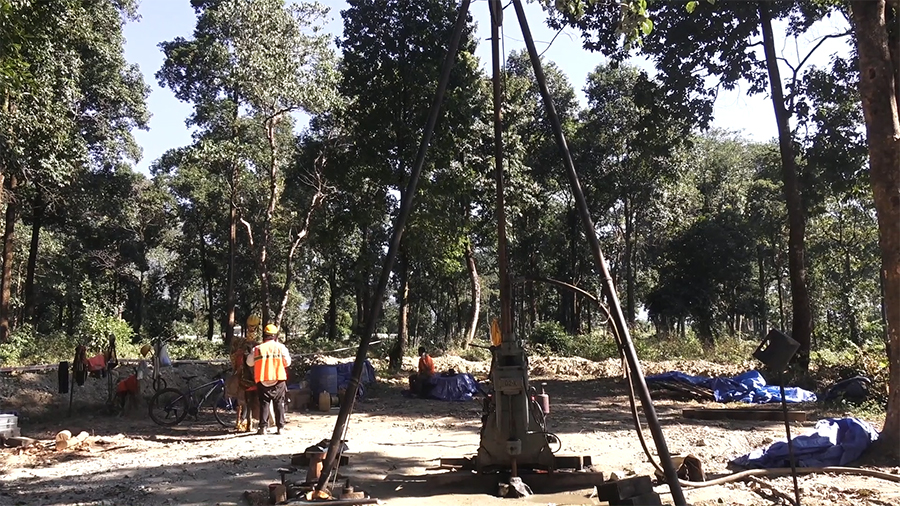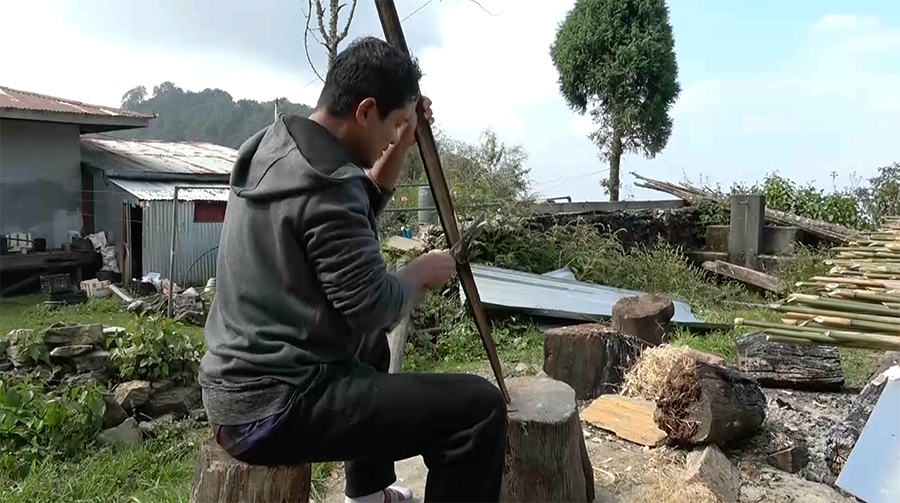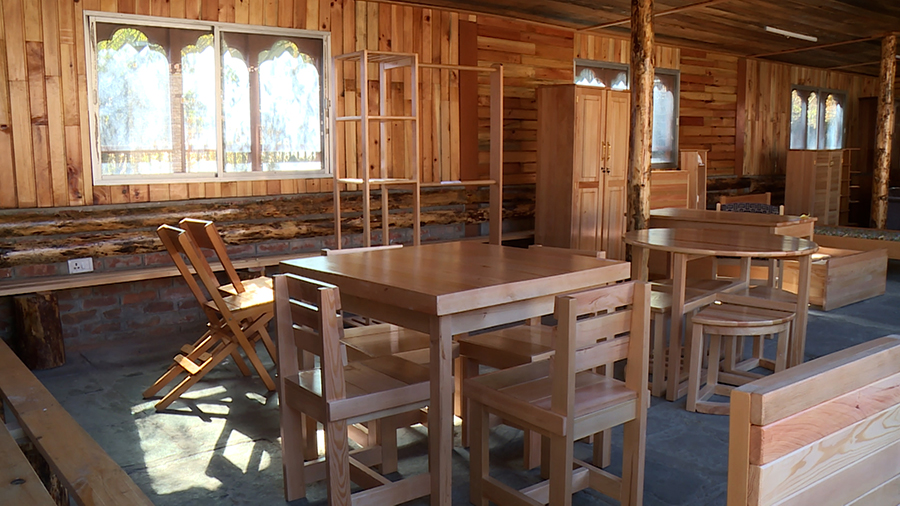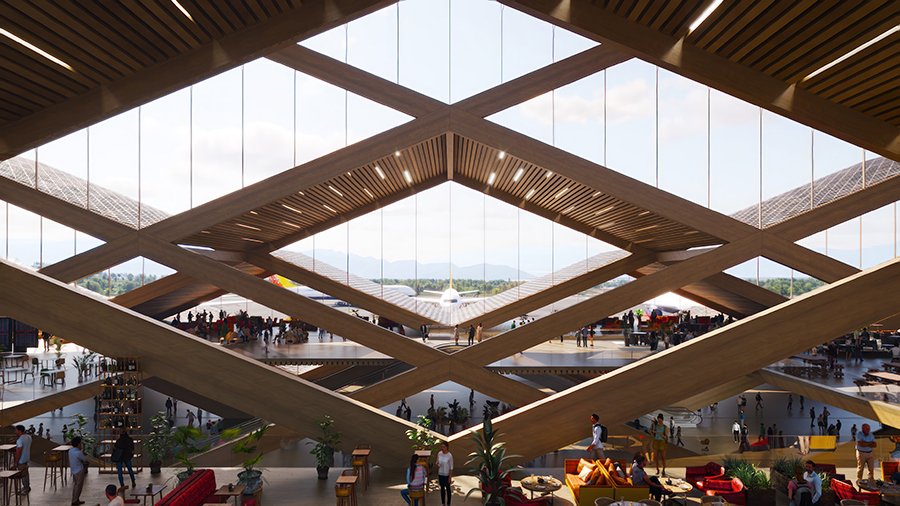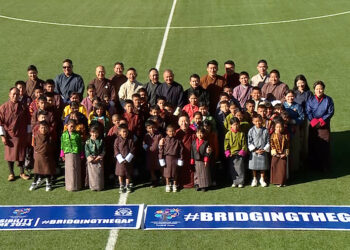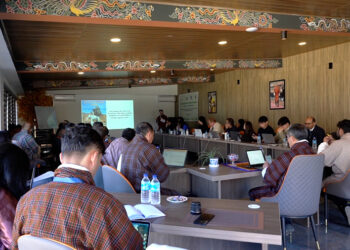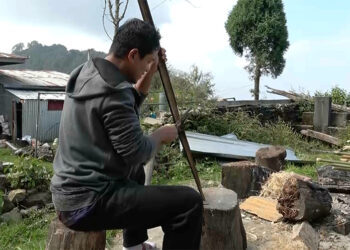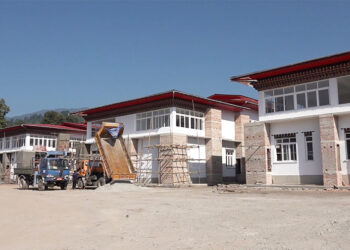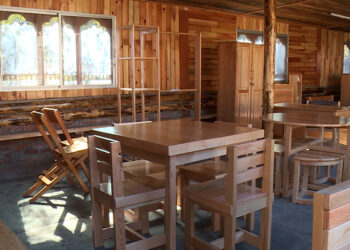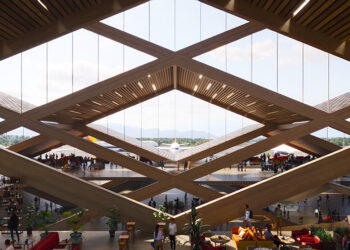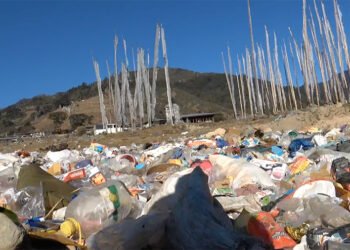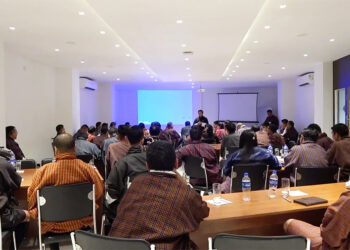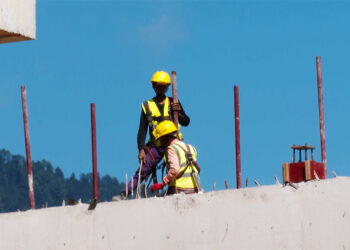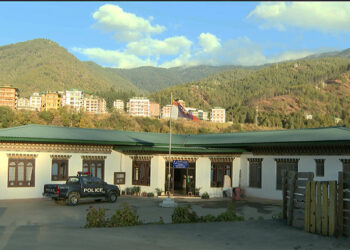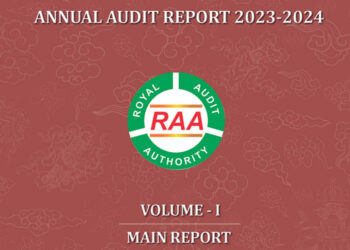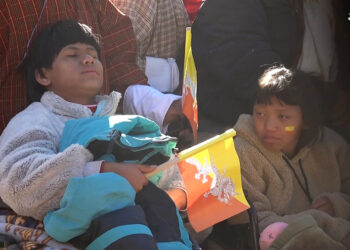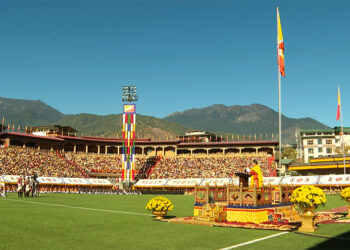Recent Stories
Turning passion into profit: Pema Gatshel man crafts future for traditional archery
In Pema Gatshel’s Shumar Gewog, the sound of bamboo being carved into bows and arrows echoes a story of tradition...
NRDCL shifts to locally sourced timber, making furniture more affordable
Producing furniture using locally sourced wood has not only helped the Wood Craft Centre stop rubberwood import but also made...
Bhutan to build landmark international airport in Gelephu by 2029
During the 117th National Day celebrations at Changlimithang, His Majesty The King announced that Bhutan's priority for the next five...
New landfill to address mounting waste issue in Sakteng
Sakteng in Trashigang, which once boasted of rich, untouched wilderness, is now facing an increasing concern about waste management. The...
WASH FIT Programme sees success, local leaders urge more inclusive facilities
Sanitation and hygiene in healthcare centres have seen significant improvements nationwide in recent years according to local leaders and health...
Public construction quality still lags – RAA Annual Report
The Royal Audit Authority's latest annual report reveals persistent quality issues in public construction, with 139 cases of poor work...
Politics
RCSC defends PME category, proposes targeted support for civil servants
The Royal Civil Service Commission (RCSC) indicated that it is exploring alternative support measures for civil servants classified under the...
Popular
-
Thimphu Police investigate death of man in suspected burglary
-
Six individuals sentenced to upto nine years in sexual abuse cases of minors
-
Elon Musk’s Starlink satellite internet service reaches Bhutan
-
Four + one model to raise funds for Gelephu Mindfulness City
-
Bitdeer’s 500MW Jigmeling facility to be operational mid-to-late 2025
Recent News
WASH FIT Programme sees success, local leaders urge more inclusive facilities
Sanitation and hygiene in healthcare centres have seen significant improvements nationwide in recent years according to local leaders and health officials. They attribute this to the introduction of the Water and Sanitation for Health Facility Improvement Tool or the WASH FIT programme. However, they are now calling for more inclusive facilities to better accommodate persons with disabilities, the elderly and...
Excess payments of Nu 860 M related to public procurement during FY 2023-2024 – RAA Report
During the financial year 2023-2024, the audit report showed excess payments of some Nu 860 M related to public procurement, particularly in construction works. During the period, the authority recommended appropriate actions on 150 officials across 33 agencies. The government is asked to enforce stronger mechanisms and stricter measures. According to the Royal Audit Authority, many excess payments appear to...
Two girls defy disabilities to attend National Day celebration
The National Day celebration on 17th December is one of the much-anticipated events for Bhutanese. Hundreds of people flock to the event venue every year to be part of the celebrations, catch a glimpse of their King and listen to the royal address. This year, the day at the Changlimithang stadium was extra special for two girls from Dagana and...
His Majesty The King awards Red Scarves, and Kabney and Patang to individuals for their exceptional services
His Majesty The King conferred Red Scarf, Bura Marp to three individuals during the National Day celebrations in the capital yesterday. His Majesty also conferred Kabney and Patang to two individuals in recognition of their service to the nation. Arun Kapur, Director of the Druk Gyalpo’s Institute at Pangbisa in Paro and a recipient of the Order of Druk Thuksey...
Recent News
- Over 45 students join AFC Social responsibility Programme in Thimphu
- Paro hosts conference on climate solutions for Himalayas
- Four + one model to raise funds for Gelephu Mindfulness City
- Geotechnical survey underway for Gelephu International Airport
- Turning passion into profit: Pema Gatshel man crafts future for traditional archery
News Category
- Accidents
- Agriculture
- Announcement
- Business
- Crime/Legal
- Culture
- Development
- Disaster
- Economy
- Education
- Entertainment
- Environment
- Featured
- Festival
- GMC
- Headlines
- Health
- Legal
- Literature
- Livestock
- Media
- Other Stories
- Politics
- Recent stories
- Religion
- Sci/Tech
- Social
- Sports
- Technology
- Tourism
- Uncategorized
- Video
- Video Story
- Wildlife
© 2024 BBSCL. All rights reserved.


